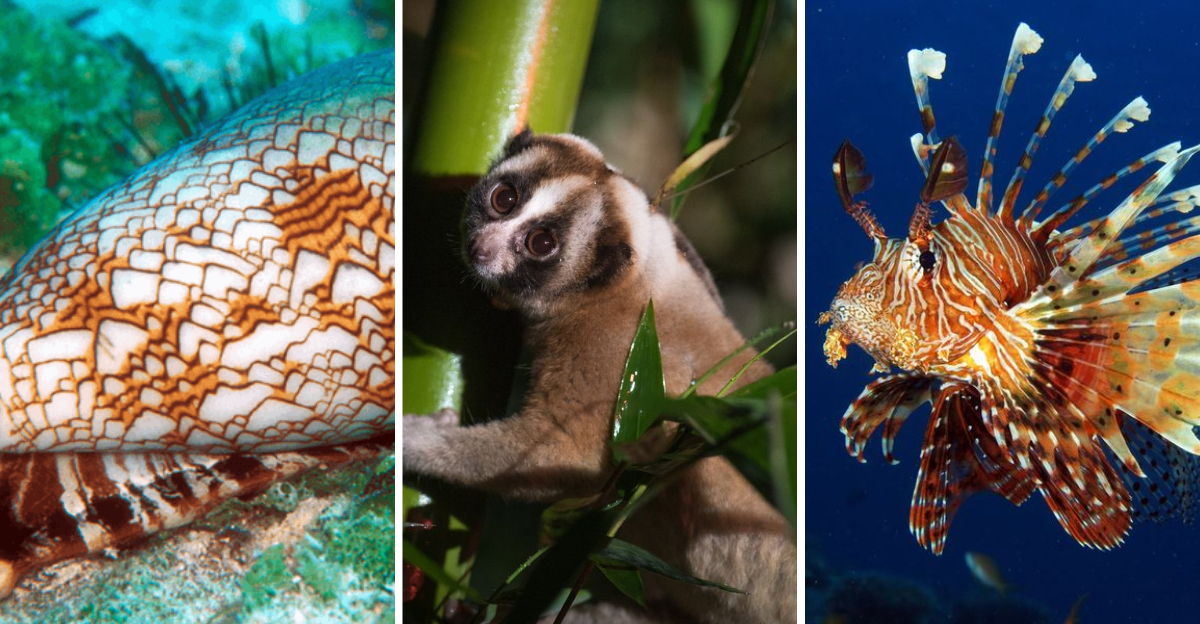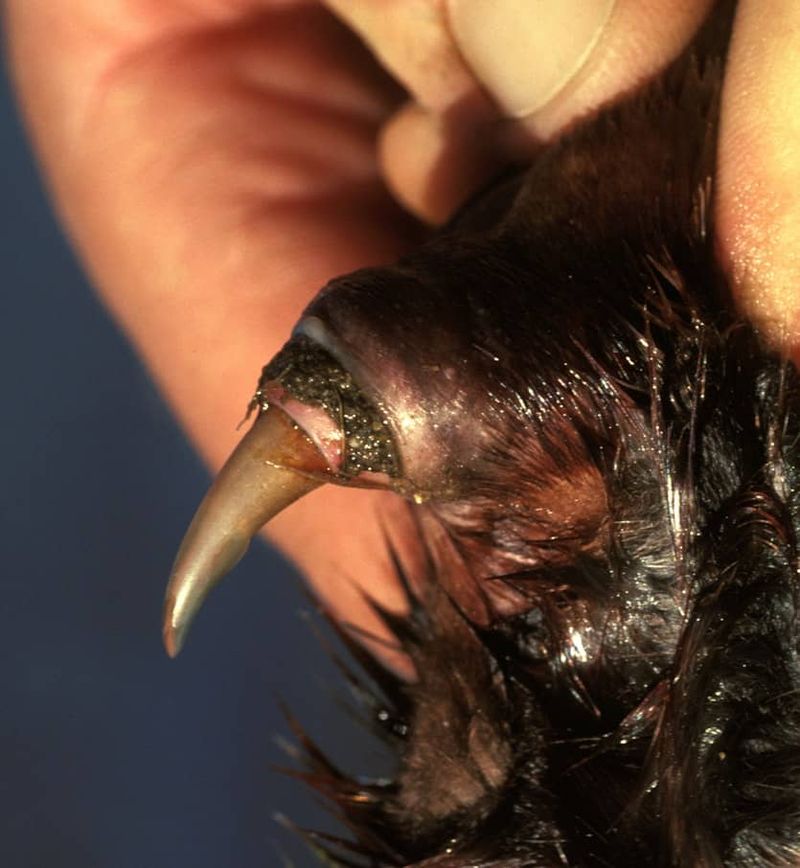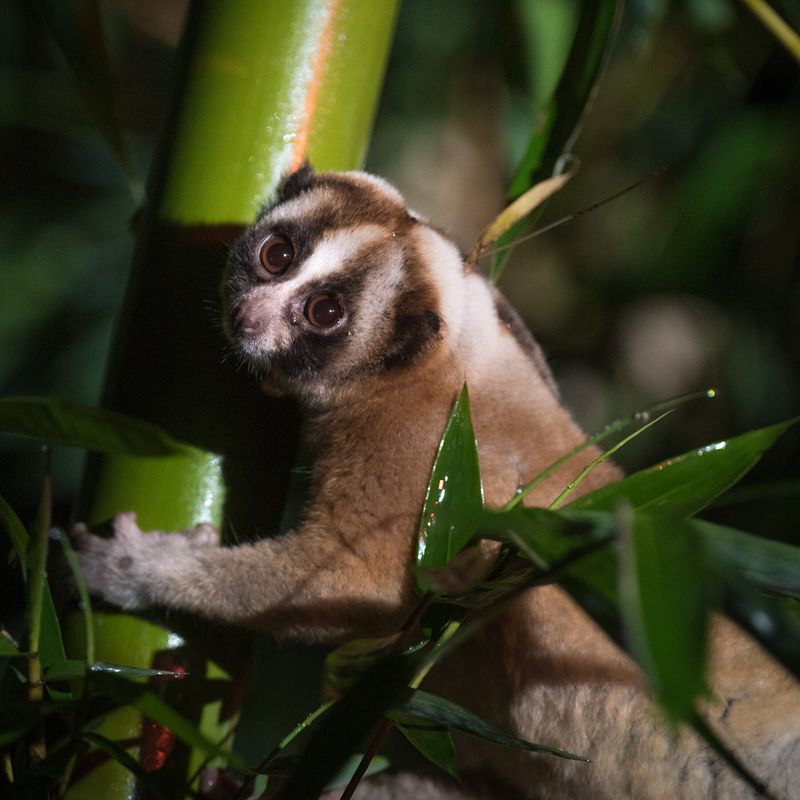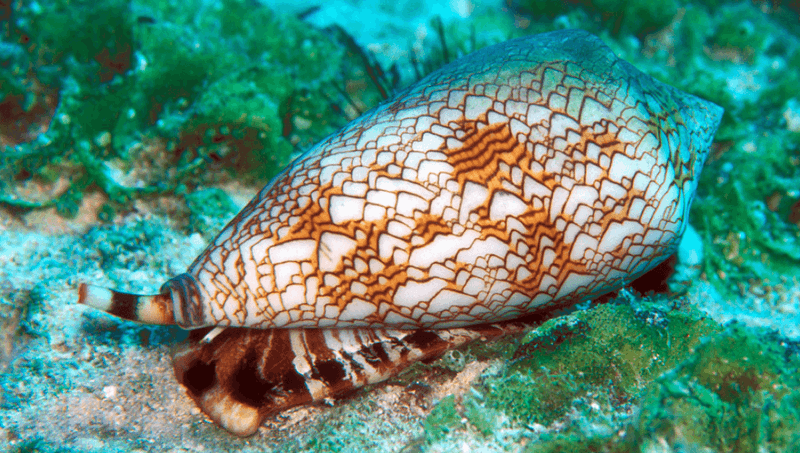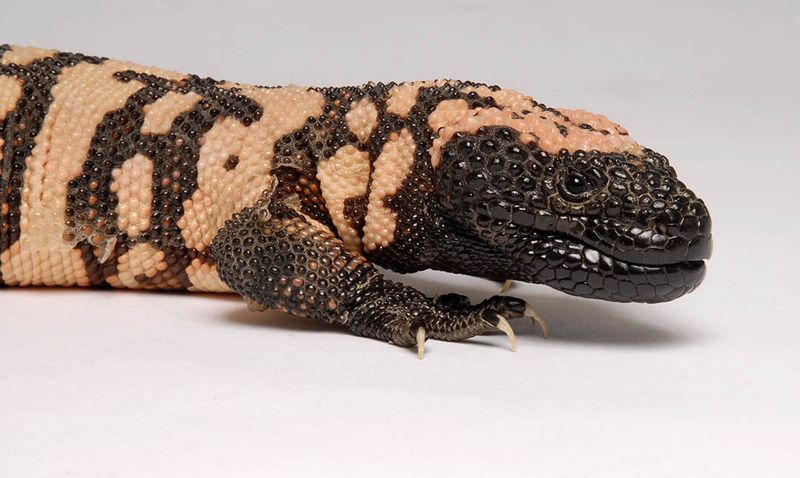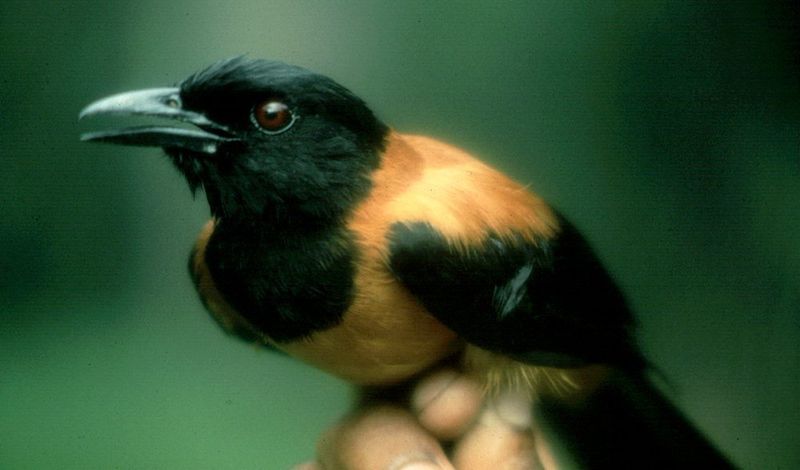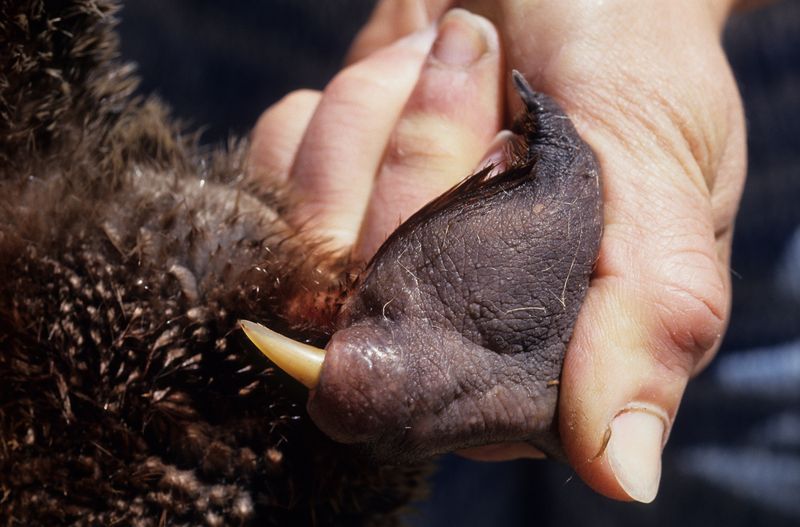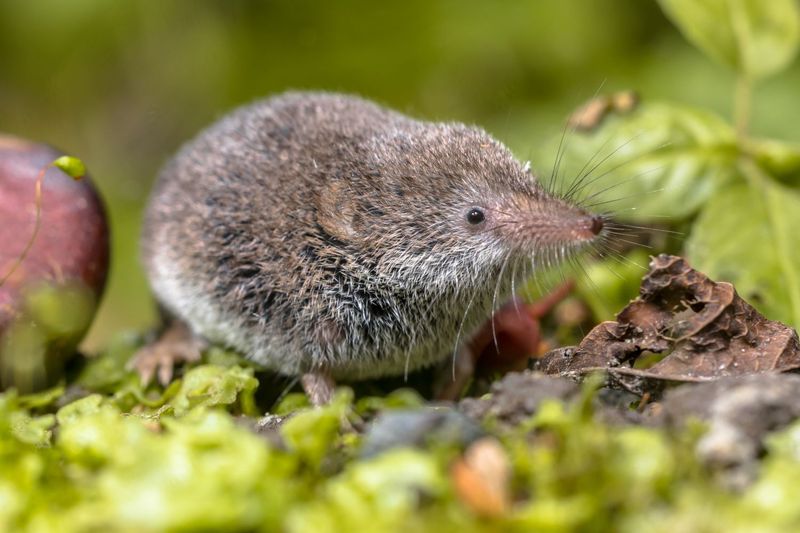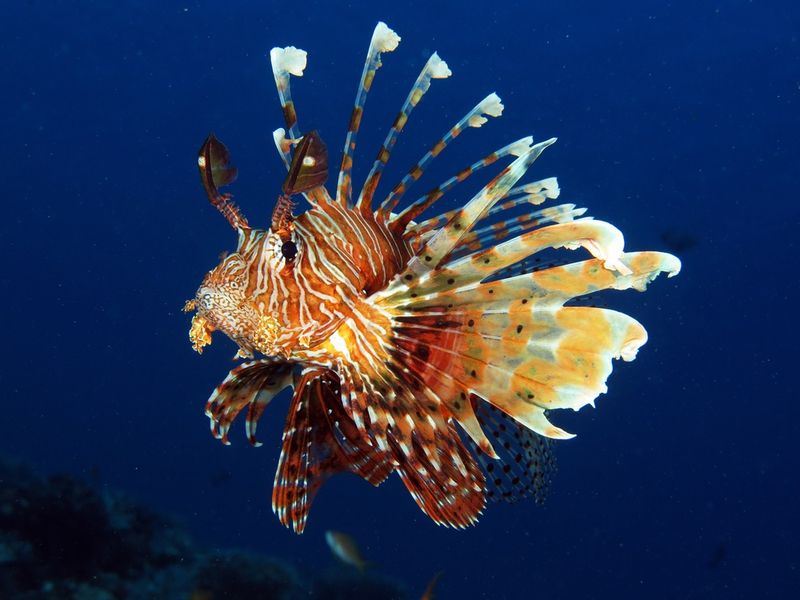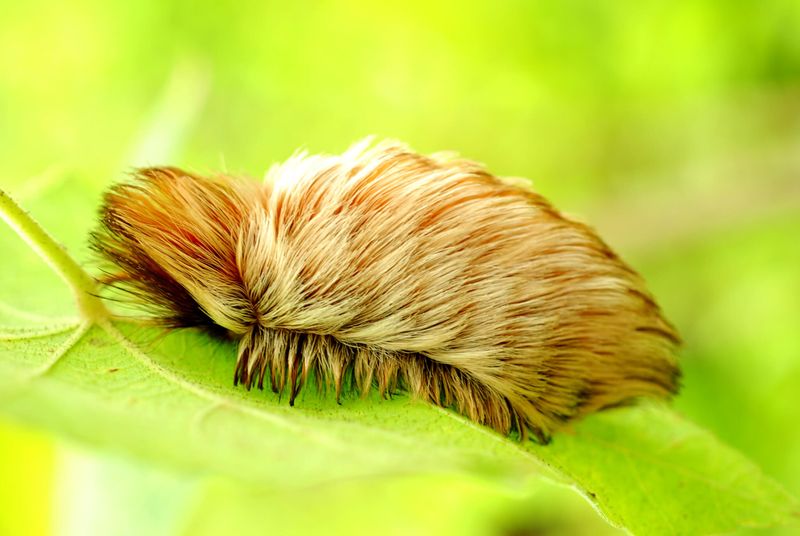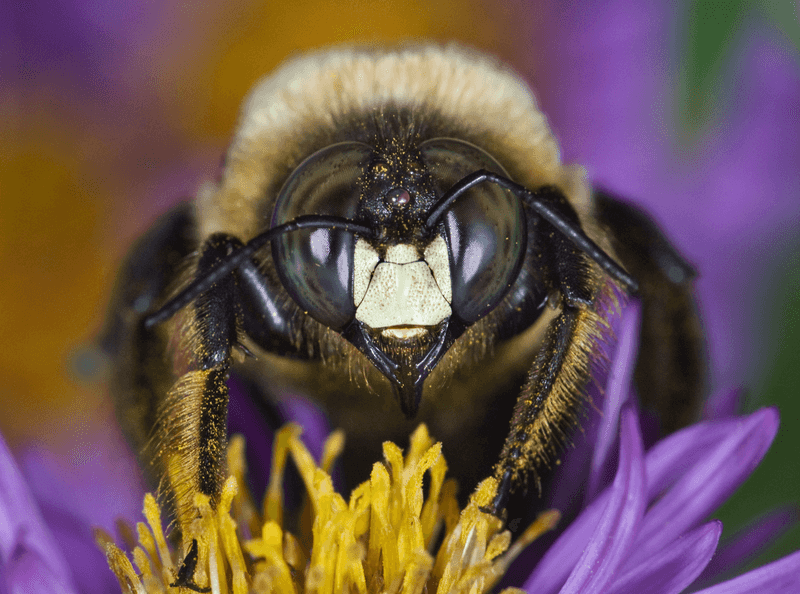When we think of venomous animals, snakes and spiders usually come to mind first. But the natural world is full of surprising creatures that pack a poisonous punch! From cute mammals to colorful birds, venom exists in unexpected places throughout the animal kingdom. Get ready to discover some animals whose dangerous capabilities might shock you.
Platypus: The Poisonous Mammal With Spurs
Male platypuses hide a secret weapon behind their duck-like bills and beaver tails. These odd Australian mammals have venomous spurs on their hind legs that they use during mating season to battle rival males.
The venom causes excruciating pain that can last for weeks. Even worse, regular painkillers don’t work against it! Scientists are actually studying platypus venom for potential new pain medications because of its unique properties.
While not deadly to humans, getting jabbed by a platypus is no joke. The intense pain can cause muscle wasting and swelling that takes months to fully heal. Female platypuses don’t develop these spurs, making this one of the few mammals where only males possess venom.
Slow Loris: Adorable Face, Toxic Bite
Those big eyes and cute fuzzy appearance hide a dangerous secret. The slow loris creates venom through a bizarre process – it raises its arms and licks special glands near its elbows, mixing the secretions with its saliva to create a toxic cocktail.
When threatened, this seemingly innocent primate can deliver a bite that causes severe allergic reactions in humans. Some victims experience anaphylactic shock, requiring immediate medical attention. Native to Southeast Asia, these nocturnal creatures are the only known venomous primates.
Unfortunately, their cuddly appearance has made them targets for the illegal pet trade. Poachers often remove their teeth to make them less dangerous as pets, causing terrible suffering and health problems for these unique animals.
Cone Snail: Beautiful Shell, Deadly Harpoon
Shell collectors beware! The gorgeous patterned shells of cone snails hide one of the ocean’s deadliest hunters. These seemingly harmless sea creatures pack a venomous punch that can kill a human in under an hour.
Armed with a modified tooth that works like a harpoon, cone snails fire a toxic dart at passing fish, instantly paralyzing them. The venom contains hundreds of different toxins that attack the nervous system. No antivenom exists for cone snail stings, making them particularly dangerous.
Found in tropical waters worldwide, the most venomous species live near Australia and the Philippines. Amazingly, scientists are using cone snail venom to develop powerful pain medications that might someday replace opioids, turning this deadly cocktail into a medical breakthrough.
Gila Monster: America’s Venomous Lizard
With its bright orange-pink and black beaded skin, the Gila monster looks like it stepped out of prehistoric times. Found in the southwestern United States and Mexico, this chunky lizard is one of only two venomous lizard species in the world.
Unlike snakes that strike quickly, Gila monsters deliver venom through a slow, powerful bite. Their lower jaws have grooved teeth that channel venom into the wound as they chew. Once they latch on, they’re incredibly difficult to remove and have been known to hang on for over 10 minutes!
While rarely fatal to humans, their bite causes extreme pain, swelling, and weakness. Interestingly, a compound in Gila monster venom has been used to develop a medication that helps treat type 2 diabetes, showing that even feared creatures can help human health.
Hooded Pitohui: The Toxic Songbird
This ordinary-looking orange and black bird from New Guinea carries a shocking secret. The hooded pitohui’s feathers and skin contain powerful batrachotoxins – the same type of poison found in deadly poison dart frogs!
Local hunters who handle these birds often experience burning sensations and numbness in their hands. Scientists discovered this bird’s toxic nature when a researcher cut himself while preparing a specimen and his mouth went numb after he licked the wound. The pitohui likely acquires its toxins from the beetles it eats.
While not deadly to humans, touching or handling these birds can cause significant discomfort. This remarkable adaptation helps protect the pitohui from predators and parasites. It’s one of the few known examples of a toxic bird, making it a fascinating exception in the avian world.
Duck-Billed Platypus: Ankle Daggers of Pain
Male platypuses hide a secret weapon behind their duck-like bills and beaver tails. These odd Australian mammals have venomous spurs on their hind legs that they use during mating season to battle rival males.
The venom causes excruciating pain that can last for weeks. Even worse, regular painkillers don’t work against it! Scientists are actually studying platypus venom for potential new pain medications because of its unique properties.
While not deadly to humans, getting jabbed by a platypus is no joke. The intense pain can cause muscle wasting and swelling that takes months to fully heal. Female platypuses don’t develop these spurs, making this one of the few mammals where only males possess venom.
Shrews: Tiny Mammals With Toxic Saliva
Looking like a cross between a mouse and a long-nosed mole, shrews are among the world’s smallest mammals. But don’t let their tiny size fool you! Several shrew species produce venomous saliva that they use to paralyze prey much larger than themselves.
The American short-tailed shrew’s bite contains a toxin called blarina toxin that can immobilize mice, frogs, and even snakes. After biting their prey, shrews often store the paralyzed-but-alive victims in their burrows as a living pantry for later meals. Talk about keeping your food fresh!
Human encounters with shrew venom typically result in pain and swelling similar to a bee sting. With lightning-fast metabolisms requiring them to eat nearly their body weight daily, these tiny predators need every advantage they can get in the constant hunt for food.
Lionfish: Beautiful but Dangerous Reef Dwellers
With their dramatic striped pattern and fan-like fins, lionfish are among the most recognizable fish in the ocean. Those stunning fins aren’t just for show—they house 18 venomous spines that deliver painful toxins to any creature unfortunate enough to touch them.
A lionfish sting causes immediate, intense pain that can last for days. Victims might also experience sweating, breathing difficulties, and even temporary paralysis. Native to the Indo-Pacific, these fish have become invasive predators in the Atlantic and Caribbean, where they have no natural enemies.
Despite their venomous nature, lionfish are popular in home aquariums. Careful aquarium owners use special nets and gloves when handling them. Interestingly, lionfish venom breaks down when heated, so if you’re stung, immediate hot water immersion (not scalding) is the recommended first aid.
Caterpillars: Fuzzy Exteriors, Painful Surprises
Those cute, fuzzy caterpillars might look harmless, but some species pack a powerful venomous punch! The innocent-looking hairs on caterpillars like the puss caterpillar or saddleback caterpillar actually contain venom-filled spines that break off in human skin upon contact.
Reactions range from mild irritation to intense pain that feels like broken bones or hot knives. Some victims experience nausea, headaches, and even difficulty breathing. The most dangerous species are often the most innocent-looking, with soft, fuzzy exteriors that tempt children to touch them.
Found worldwide, venomous caterpillars are most common in tropical regions. If you encounter a hairy caterpillar, the safest approach is simple: look but don’t touch! These creatures eventually transform into moths or butterflies that are completely harmless, making them one of nature’s most dramatic transformations.
Solitary Bees: Unexpected Stingers
When we think of bee stings, honeybees usually come to mind. But solitary bees, which make up about 90% of bee species, have their own venomous surprises. Unlike honeybees that die after stinging, solitary bees can sting multiple times and their venom composition is quite different.
The European beewolf, a type of solitary bee, has venom containing unique compounds that paralyze prey and prevent bacterial growth. Mining bees and carpenter bees possess venom that can cause significant reactions in sensitive individuals. The good news? Most solitary bees are extremely docile and only sting when handled roughly or stepped on.
Scientists are studying solitary bee venom for potential medical applications, including antimicrobial properties. These important pollinators live alone rather than in hives, with each female building her own nest and providing for her offspring without the help of worker bees.
